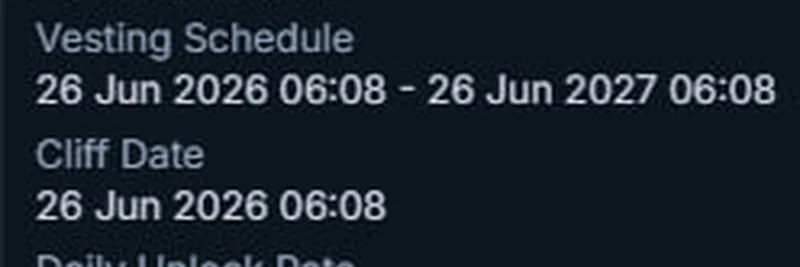In the fast-paced
- @calilyliu는 infrastructure coins이 수년간 VC-backed meme coins처럼 행동해왔다고 지적합니다.
world of cryptocurrency, where trends shift quicker than a meme coin pump, a recent conversation on X (formerly Twitter) has sparked debate about the true value in the ecosystem. Lily Liu, President of the Solana Foundation, replied to a post by Kash Dhanda, a key figure at Jupiter Exchange and Solana, highlighting a growing sentiment: infrastructure coins, or "infra coins," are increasingly seen as nothing more than venture capital (VC)-backed meme coins.
For those new to the lingo, infra coins refer to cryptocurrencies tied to blockchain infrastructure projects—like layer-1 blockchains, scaling solutions, or protocols that form the backbone of decentralized networks. Think of them as the highways and bridges of the crypto world. Meme coins, on the other hand, are tokens often born from internet jokes, viral trends, or community hype, with little to no underlying utility beyond speculation and fun. Popular examples include Dogecoin or newer Solana-based memes like Neiro.
Dhanda's original post pointed out that the application layer—actual apps built on these infrastructures that solve real problems for users—is "ridiculously undervalued" in crypto right now. He predicts that when the market turns, these user-focused apps will see the biggest rebounds. Liu chimed in, noting that this shift has been happening for years, where infra coins have essentially become "VC meme coins." This implies that many infrastructure projects are overhyped by investors, trading more on narrative and funding rounds than on genuine adoption or innovation.
This perspective resonates deeply in the meme token space. At Meme Insider, we've seen how VC involvement can inflate valuations without proportional real-world impact. For instance, while Solana itself (SOL) is often classified as an infra coin, replies to Liu's post questioned this categorization. One user asked, "SOL is an infra coin tho?" highlighting the blurred lines between infrastructure and application ecosystems on high-performance chains like Solana.
Other responses added layers to the discussion. A commenter quipped, "And the meme coins are just VC coins," flipping the script and suggesting that even memes aren't immune to big-money influence. Another emphasized investing in "real assets," underscoring a call for substance over speculation.
Why does this matter for meme token enthusiasts and blockchain practitioners? In a market flooded with thousands of tokens, distinguishing between hype-driven infra plays and genuinely useful apps is crucial. Solana, with its low fees and high throughput, has become a hotbed for meme coins, but as Liu and Dhanda suggest, the real winners might be the applications that leverage this infrastructure to deliver value—like decentralized exchanges, gaming platforms, or social apps.
As we track the latest in meme tokens at meme-insider.com, this conversation serves as a reminder: while infra coins backed by VCs might dominate headlines, the undervalued gems could be the apps quietly building for the masses. Keep an eye on projects that prioritize user problems over investor pitches—they might just lead the next bull run. If you're diving into Solana memes or exploring blockchain tech, resources like the Solana Foundation's updates or Jupiter Exchange's tools can provide a solid starting point. Stay informed, and remember, in crypto, real utility often trumps the meme—until the meme becomes utility itself.



